مقدمة
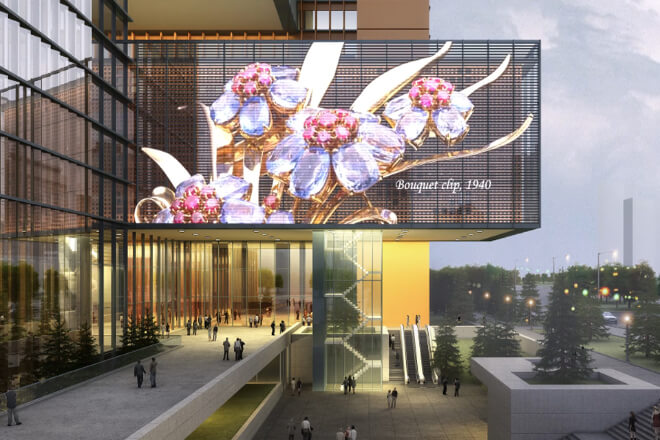
Have you ever been confused by the dazzling array of products and various propaganda of merchants in the market?
How can you choose the شاشة عرض LED that is really suitable for you among many choices, without being misled by fancy parameters and gorgeous promises?
This article will reveal the truth about choosing LED display screens for you, help you avoid common traps, and find the one that suits you best.
جدول المحتويات
1. Don't be deceived by "high brightness and high contrast."
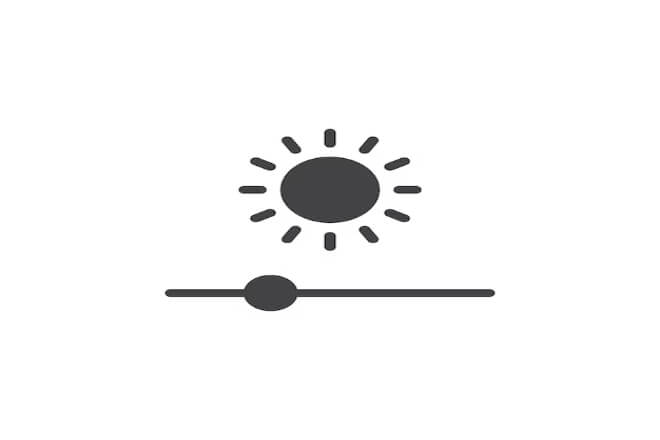
When choosing LED display screens, have you also heard the merchants say this: “Our screen can reach a سطوع of 5000 nits, with super high contrast, and looks particularly transparent!” Doesn’t it sound great?
But don’t rush to be attracted by these numbers. Many times, these “high parameters” are actually just marketing tricks and may not be suitable for you.
Let’s talk about brightness first. High brightness ≠ , easy to use. If you use it in outdoor squares and highways, of course, it must be bright enough.
But if you install it in indoor or semi-open spaces such as مراكز التسوق, schools, and bookstores, it must be bright enough.
That kind of brightness will be too dazzling, and it is easy to get dizzy after looking at it for a long time.
Too bright is not only uncomfortable, but may also be complained about affecting the environment.
Speaking of contrast, the perception of ordinary scenes is not that strong, especially in places where the light is uniform; you can’t feel how high the contrast is.
What really affects the clarity of the picture is the دقة, content design, and playback environment.
Here comes the point: you can’t easily verify these parameters yourself. For example, brightness, ordinary people definitely don’t have a dedicated tester at home.
So some merchants play “word games”: they use the peak brightness in the laboratory for publicity.
Which sounds good but is unreliable. Some even “brush the value”, that is, let the device rush to high brightness at a certain moment.
Then use this short “highlight moment” as a selling point. As a result, when you really use it, you find that the picture effect is far from the publicity, and even the screen heats up, and the light decays very quickly.
So don’t just look at the parameters, you have to ask a few more key questions:
Is your brightness the actual measured value or the peak value?
Are there any real cases to see the effect?
Does the installation environment require such high brightness? Is there an automatic adjustment function?
You get what you pay for, but don’t take something that “sounds valuable” as “really good to use”.
Be more rational when choosing a screen, and don’t be fooled by packaging words, so as not to be “cheated”.
2. Does "high resolution" necessarily mean good picture quality?
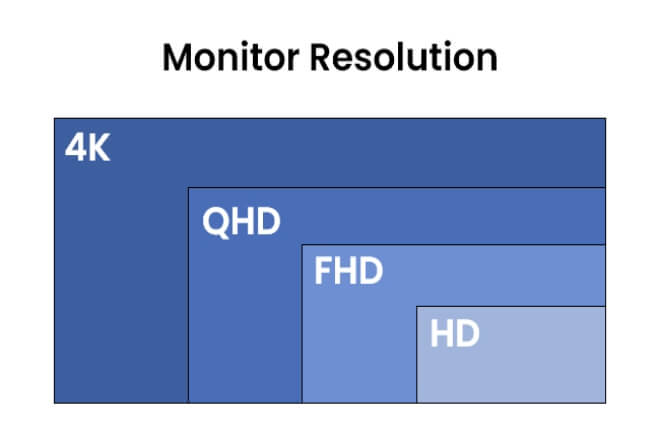
Many people’s first reaction to buying an LED screen is “the higher the دقة، the better”, but is it really so?
In fact, high resolution can certainly bring more delicate pictures, but the premise is that you have to look close enough and the screen size must match, otherwise it will be a waste of money.
The key here is to know a concept – dot pitch. The dot pitch is the distance between two LED lamp beads. The smaller the number, the denser the dots, and the more delicate the picture.
However, if your screen is large and the dot pitch is large (such as P6 and P8, which are common in outdoor large screens).
You can actually accept the picture if you look at it from a distance; but if you are very close, the picture will be very “grainy” and look blurry.
On the other hand, if you buy a P1.5 screen with ultra-high resolution, but put it on a large door head, or you can’t see far at all, then the advantage of high resolution can’t be brought into play, and a lot of budget is wasted.
So the requirements for picture quality in different scenes are actually quite different:
ل مراكز التسوق، معرض halls, and close-up viewing, it is recommended to have a small dot pitch and high resolution, so that the picture details will be rich.
For outdoor billboards, especially those viewed from a distance, it doesn’t matter if the dot pitch is larger; the brightness, wind, and rain resistance are the key points.
In general, the resolution should be well matched with the screen size and viewing distance, so that you don’t spend money in vain if you buy it too expensively.
Before choosing a screen, think clearly about your usage environment and audience distance, so that you can buy the most suitable picture quality.
3. The price difference is large; what is the difference behind it?

When buying an LED screen, are you confused when you see that the quotation is so different?
What is the difference between a few thousand yuan and tens of thousands of yuan? In fact, the main difference is the materials and workmanship.
Let’s talk about the materials first. Good LED lamp beads have stable brightness, long life, and are not easy to break during use.
Cheap lamp beads have short life and are prone to bad pixels, so they need to be repaired not long after they are bought.
The driver chip is also critical. It controls the refresh and stability of the screen. If the cheap IC has poor performance, the screen may flicker and freeze, and the experience is very bad.
There is also the packaging process, which is the technology of wrapping the lamp beads.
Good packaging can dissipate heat and be waterproof, so the screen will not have problems after long-term use.
Cheap packaging is not so particular, it is easy to break when exposed to heat, and it is also troublesome when exposed to moisture.
Common “cutting corners” tricks for cheap screens include:
- Using inferior lamp beads to impersonate branded goods
The chip is a low-end model with an unstable effect
Poor waterproofing and dustproofing, the screen may break as soon as it comes into contact with water
The wires and connectors are also shrunk, resulting in many faults
So, when you get the quotation, don’t just look at the price; ask these key questions:
What brand of lamp beads are used?
What is the model of the driver chip?
Is there any protection certification? Can it be rainproof and dustproof?
- How long is the warranty? What is the quality of the accessories?
If you only look at the price, you are likely to be cheated. Knowing these differences will make you feel at ease when buying.
4. After-sales promises sound good, but is the service reliable?
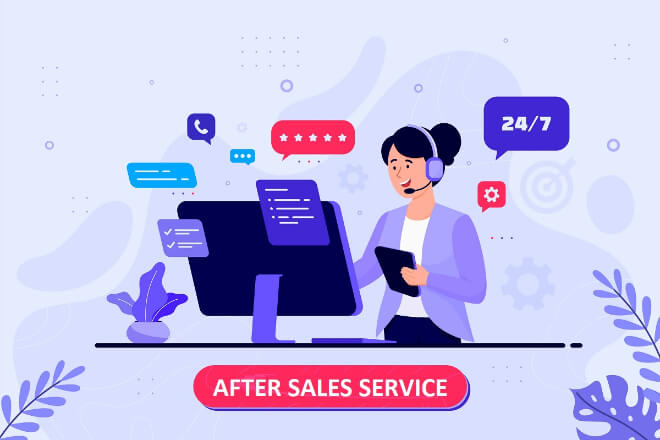
When buying an LED screen, the salesperson often says “three-year warranty, worry-free after-sales service”, which sounds very reassuring.
But to be honest, you will know whether the after-sales service is good or not after you actually use it, which is the most important thing.
Reliable after-sales service must basically do the following:
Quick response, someone can respond to you as soon as there is a problem, so you don’t have to wait and call in a hurry, and no one will answer.
The warranty is clear, including in what cases it can be repaired for free and in what cases you have to pay for it yourself, and don’t let the rules and regulations confuse you.
Complete accessories and broken parts can be replaced immediately, don’t wait for several days.
Excellent technology, if you encounter complex problems, the manufacturer can help solve them, not push the buck.
If you want to verify how a manufacturer’s after-sales service is, don’t just look at the contract.
Do more of these things: ask about the size of the after-sales team and the repair response time, and find out if there are offline service outlets or cooperative repair points.
Refer to real customer reviews and cases; you can even tentatively ask a few after-sales questions to see if the response is timely and professional.
Don’t be fooled by the words “how many years of warranty”; truly reliable service is the key to using the LED screen with confidence.
Ask more, look more, and compare more before buying to avoid buying a “pitfall” where after-sales service is not up to par and maintenance is difficult.
5. Don't just listen to the salesperson, look at real cases
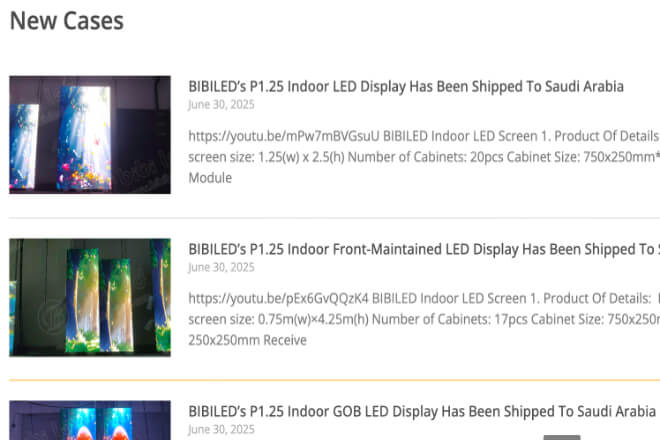
The salesperson’s words are very attractive and sound very moving, but you still have to keep your eyes open when buying an LED screen. It’s reliable to look at the manufacturer’s real cases.
Don’t be afraid to speak up, and directly ask them to take out photos and operation videos of actual use, not the kind of posed promotional pictures, but the performance of the screen in real work.
It’s not enough to just look at the pictures; you also have to understand how long the case has been used and whether the screen is indoors or outdoors. Is the surrounding environment complex?
For example, how much exposure to the sun, rain, and snow, and how much dust there is, all of which will affect the life and effect of the screen.
In addition, the failure rate of these cases should be asked clearly, whether there have been major problems, and whether the maintenance frequency is high.
Through these details, you can judge whether the manufacturer is just talking big or has real customization capabilities and implementation experience.
Manufacturers who can come up with multiple stable operation cases that meet the needs of different environments show that they not only have mature technology but also can ensure the long-term reliability of their products.
In short, don’t be deceived by a few nice words from the salesperson. Real cases and user feedback are the most reliable “hard indicators”.
6. The selection of LED screens cannot be separated from the scene requirements

When buying LED display screens, don’t just focus on parameters and prices. The most important thing is to first figure out what you are going to do. The focus of screen selection varies greatly in different usage scenarios.
For example, the main requirements for commercial advertising screens are clear pictures, sufficient brightness, and content that is attractive enough to passers-by.
Performance screens have high requirements for معدل التحديث and color performance to avoid screen freezes and smears, and ensure smooth and natural pictures.
Traffic sign screens must be stable all day and clear from a distance, and wind and weather resistance are a must.
ال تعليم field pays more attention to screen eye protection, high-definition details, and interactive experience.
The difference between داخلي و شاشات LED خارجية cannot be ignored. Outdoor screens must be waterproof, dustproof, sun-proof, wind-resistant, and earthquake-resistant.
Indoor screens pay more attention to high resolution and color reproduction, and the picture details are richer.
Fixed installation and rental LED screens are also different. Rental screens require easy disassembly and transportation, a light structure, and quick installation.
There are also interactive screens, such as touch or sensor interaction, the design and hardware must be targeted, which is very different from pure display screens.
Therefore, before buying a screen, you must first clarify your budget, usage scenarios, usage frequency, and expected results.
For example, do you want a long-term fixed installation or temporary rental; is it for indoor or outdoor use?
How high is the resolution and brightness required? Do you want interactive functions? Think about these clearly.
So that you can make targeted choices and avoid spending money to buy a screen that does not suit your needs at all.
In short, LED screens are not “the more expensive the better”, but “suitability is the most important”.
Only by clarifying the needs first can you find the most suitable solution and spend money that is worth it.
7. Professional inspection process, the last line of defense
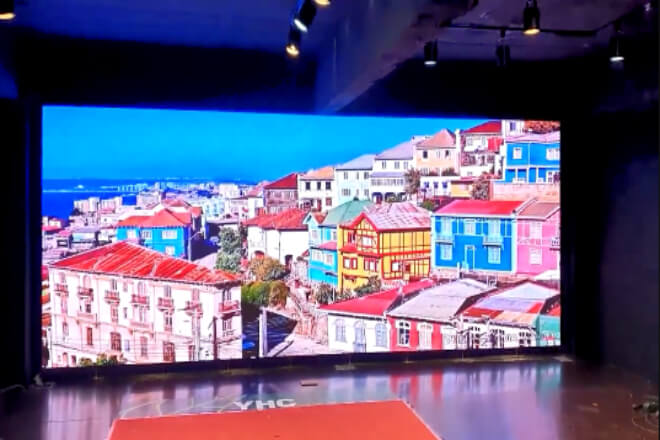
When buying LED screens, you can’t just look at the contract and quotation. The inspection link is equally important. This is the last line of defense to ensure that you buy genuine products.
When receiving the goods, you must first pay attention to several key indicators: whether the appearance of the screen is damaged.
Whether the interface is firm, whether the box is intact, and whether the power supply and cable connections are standardized.
Details determine quality; don’t ignore these small places.
Power-on test is the focus of inspection. After turning on the machine, carefully observe whether the screen brightness is uniform, whether there is an obvious color difference, bad pixels, or dead lights.
When playing dynamic pictures, pay attention to whether the refresh is smooth and whether the picture is jittery or flickering.
Don’t rush to sign for it. Any abnormality must be recorded and reported on the spot.
As for the third-party quality inspection report, you can’t blindly believe it. It is best to choose a report issued by a qualified and reputable testing agency.
And check and accept it against the actual goods. After all, the report may sometimes be watered down or formal.
In short, inspection is an important link to ensure that you buy value and use it with peace of mind. Only by taking every step seriously can you avoid subsequent troubles.
8. الخاتمة
Through the above content, I believe you have a clearer understanding of how to choose LED display screens.
I hope this article can be a reliable guide for you in the purchase process, helping you to easily avoid “pitfalls” and buy truly satisfactory products.
وأخيرًا، إذا كنت تريد معرفة المزيد عن شاشات العرض LED، يرجى الحصول على اتصال معنا.
